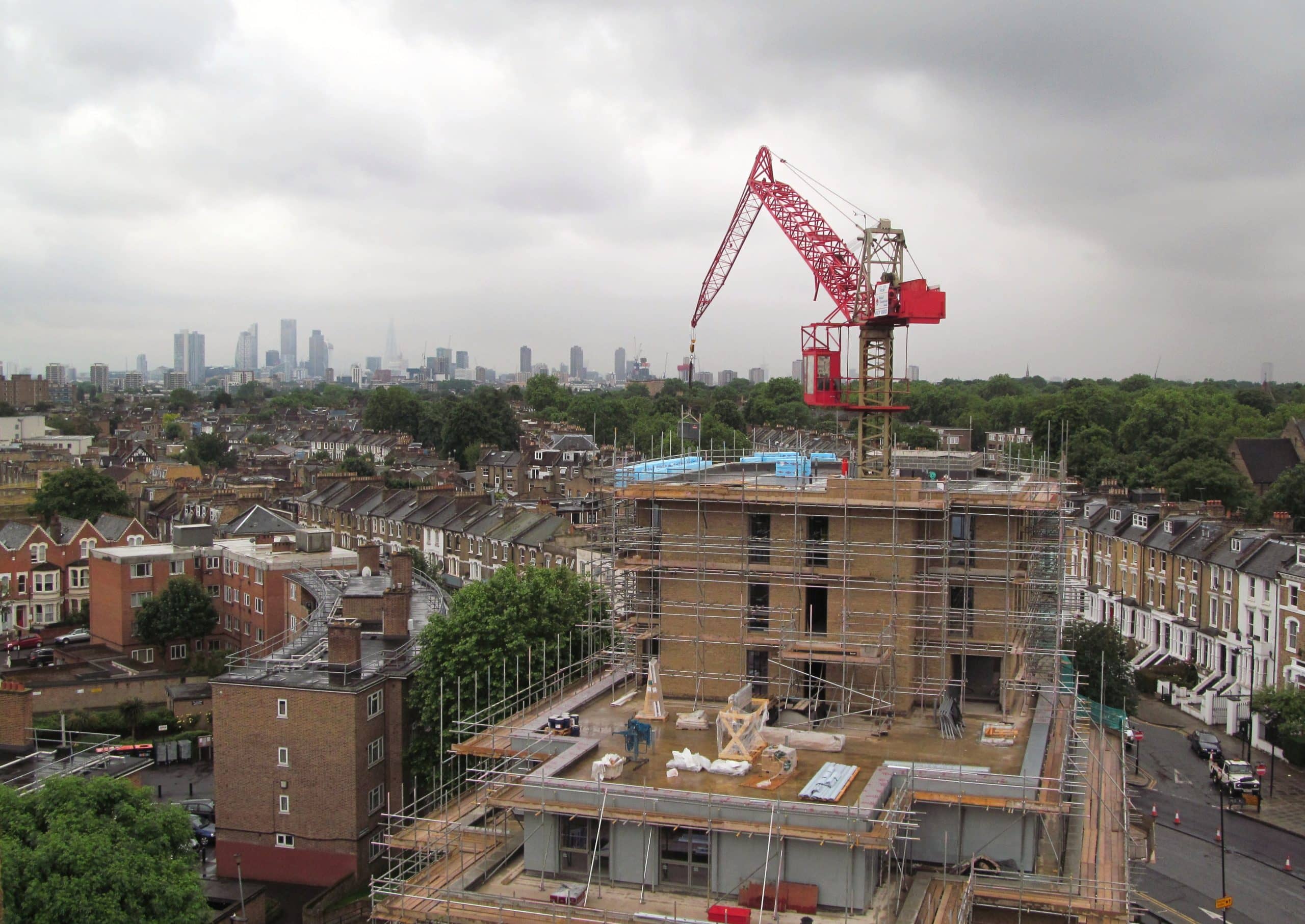Ahead of the London mayoral elections both Sadiq Khan and Zac Goldsmith have pledged to boost housing supply. However, it is likely that building over the next four years will fall far short of the 50,000 new homes needed annually in the Capital.
In a new report Who Will Fix London’s Housing Crisis?, published by the Centre for Policy Studies on Friday 15 April, Daniel Mahoney reveals that measures proposed by Sadiq Khan, in particular, risk suppressing the number of new homes built.
Khan’s proposal to introduce a 50% affordable housing target and his pledge to campaign for rent caps will be particularly damaging. Furthermore, the expansion of London’s Transport network is vital in unlocking more housing development, which may be put at risk by Khan’s proposed unfunded fare freeze that will take £1.9bn out of TfL’s budget. This could not only hamper the transport network, but could also slow the pace of housing delivery across London.

Both Sadiq Khan and Zac Goldsmith have committed to no building on any greenbelt. The report argues that the priority for addressing London’s housing crisis should be the development of private and public sector brownfield sites. However, this alone is unlikely to solve London’s housing shortage, given that 22% of land within London’s boundaries is currently classified as green belt. A number of studies have highlighted the need to consider some parts of London’s green belt for development. Around 60% of London’s green belt is within 2km of an existing rail or tube station, providing some ideal spaces for housing development.
Daniel Mahoney explains:
“Increasing the supply of homes in London can be achieved by: setting reasonable affordable housing targets, not setting rent caps, freeing up public sector land, expanding London’s transport system, reviewing the green belt across London boroughs and promoting simplified planning zones.
The current Mayor of London has identified 20 housing zones across London. These housing zones are ideal for a simplified planning regime to enable developers to bypass many regulations and boost building in designated areas.”
Click here to read the full report.
Image used in promotion: David Holt/Creative Commons
Media Impact:
- City A.M.: Sadiq Khan’s policies would only make London’s housing crisis worse
- Evening Standard: Next Mayor of London ‘should consider building on green belt’
- Business Insider: Both Khan and Goldsmith’s London housing plans are doomed to fail for one major reason
- MayorWatch: Think tank criticises Sadiq’s Khan’s “damaging” affordable housing target
- Estate Agent Today: Right-wing think tank slates London Labour candidate’s housing plans
- Housing Excellence: Free market thinktank questions whether mayoral candidates can solve the capital’s housing crisis
- Global Financial Market Review: London mayoral election 2016: Are these the six solutions to the city’s housing crisis?
- CCR Magazine: Which mayoral candidate will fix London’s housing crisis?
- Share Radio: Daniel Mahoney joins Colin on Share Politics to talk about the current housing crisis and the plans that Mayoral candidates Sadiq Khan and Zac Goldsmith are proposing